Ball and chain
1820s–1840s
Known as darbies or slangs in the convict ‘flash’ language, leg-irons came in various shapes and sizes. This ball and chain leg-iron weighs 36 pounds (16.3 kilograms) and was designed to make movement extremely difficult and escape virtually impossible. Such punishment was reserved for the most troublesome convicts, those being held in jail or a holding cell awaiting trial for serious crimes. Despite being far less common than the standard leg-irons (which weighed 3 or 4 kilograms), the ball and chain has become an evocative symbol of the convict system in Australia.
The leg-irons the convicts wore on the transportation ships were removed on arrival in Sydney, but there were plenty of convicts who soon found themselves back in irons. By order of a magistrate, leg-irons were fitted onto the ankles of convicts who committed secondary crimes, such as running away, trying to escape the colony, highway robbery or selling government property. They were then put to hard labour in iron gangs for several months or longer – one of the worst punishments that could be given to convicts. These men had to wear special trousers that buttoned up the sides so they could be taken on and off around the leg-irons. Leg-irons were made by convict blacksmiths at Sydney’s lumberyard after those sent from England proved to be inferior and easily slipped off. Irons were affixed to and struck off convicts’ ankles by the blacksmiths.
More artefacts
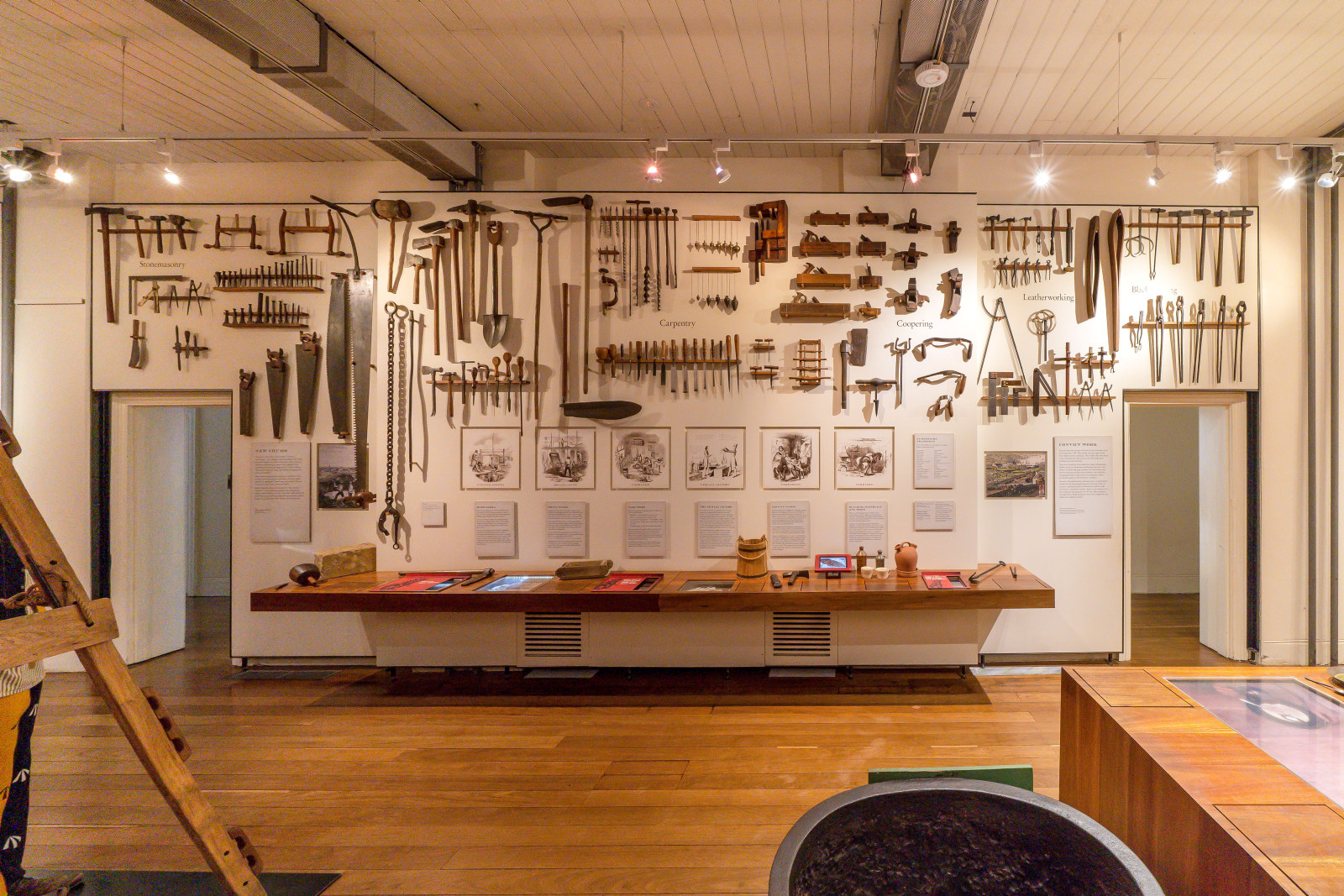
Convict Sydney
Objects
These convict-era objects and archaeological artefacts found at the Hyde Park Barracks and The Mint (Rum Hospital) are among the rarest and most personal artefacts to have survived from Australia’s early convict period
Published on
Convict Sydney
Browse all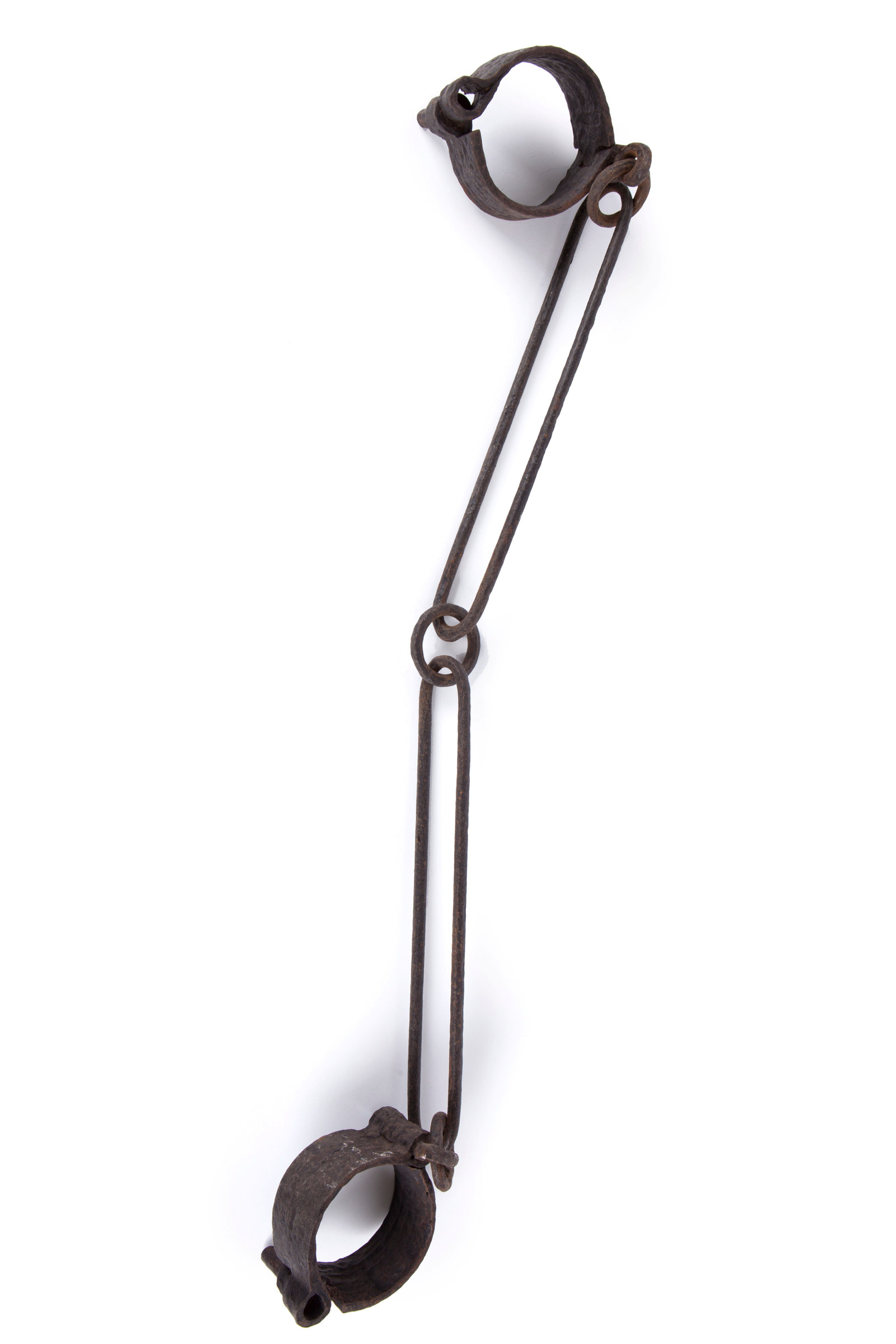
Convict Sydney
Leg Irons, bar link
Known as darbies or slangs in the convict ‘flash’ slang language, leg irons came in various shapes and sizes
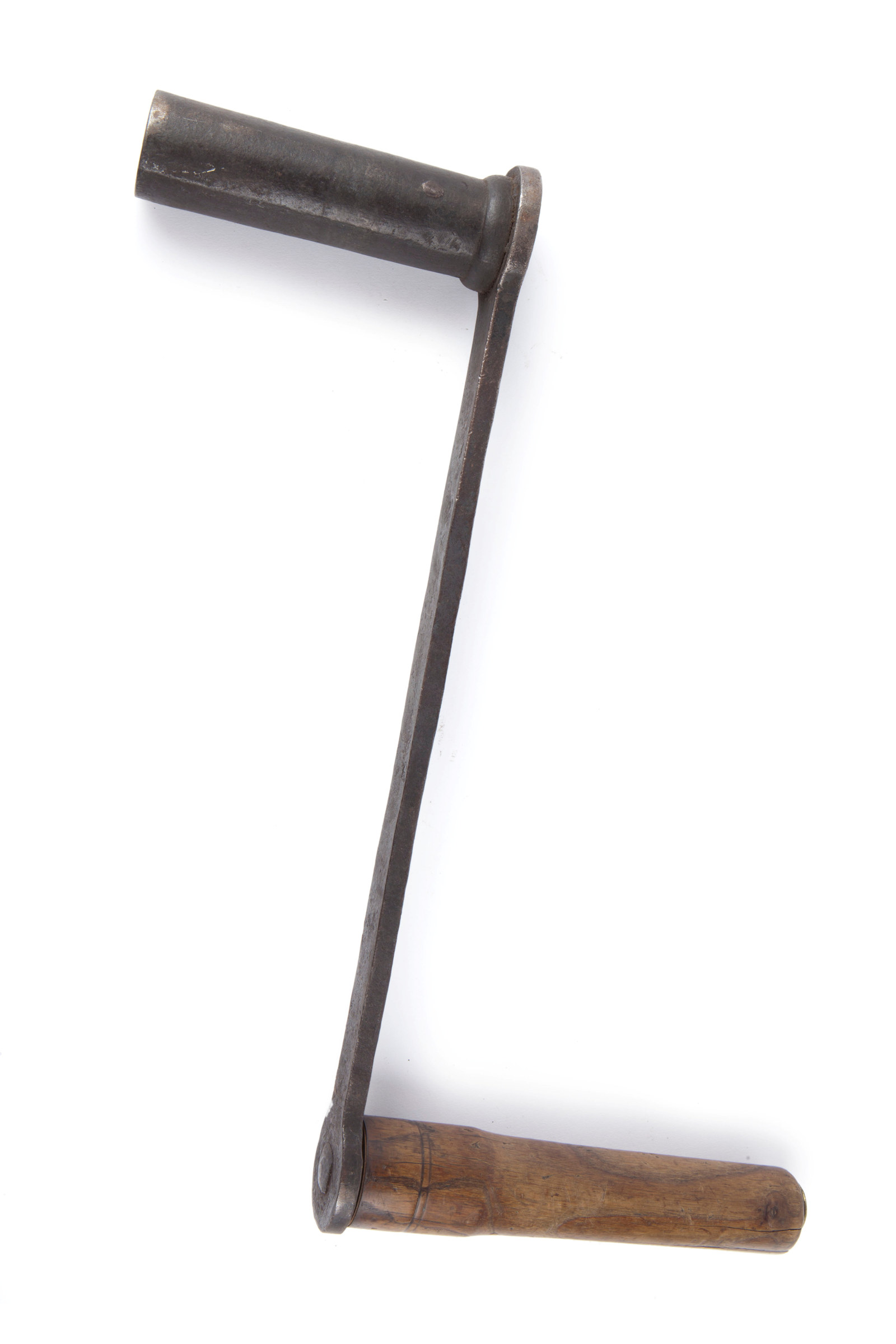
Convict Sydney
Clock-winding crank
This sturdy crank was used for many years to wind the Hyde Park Barracks clock
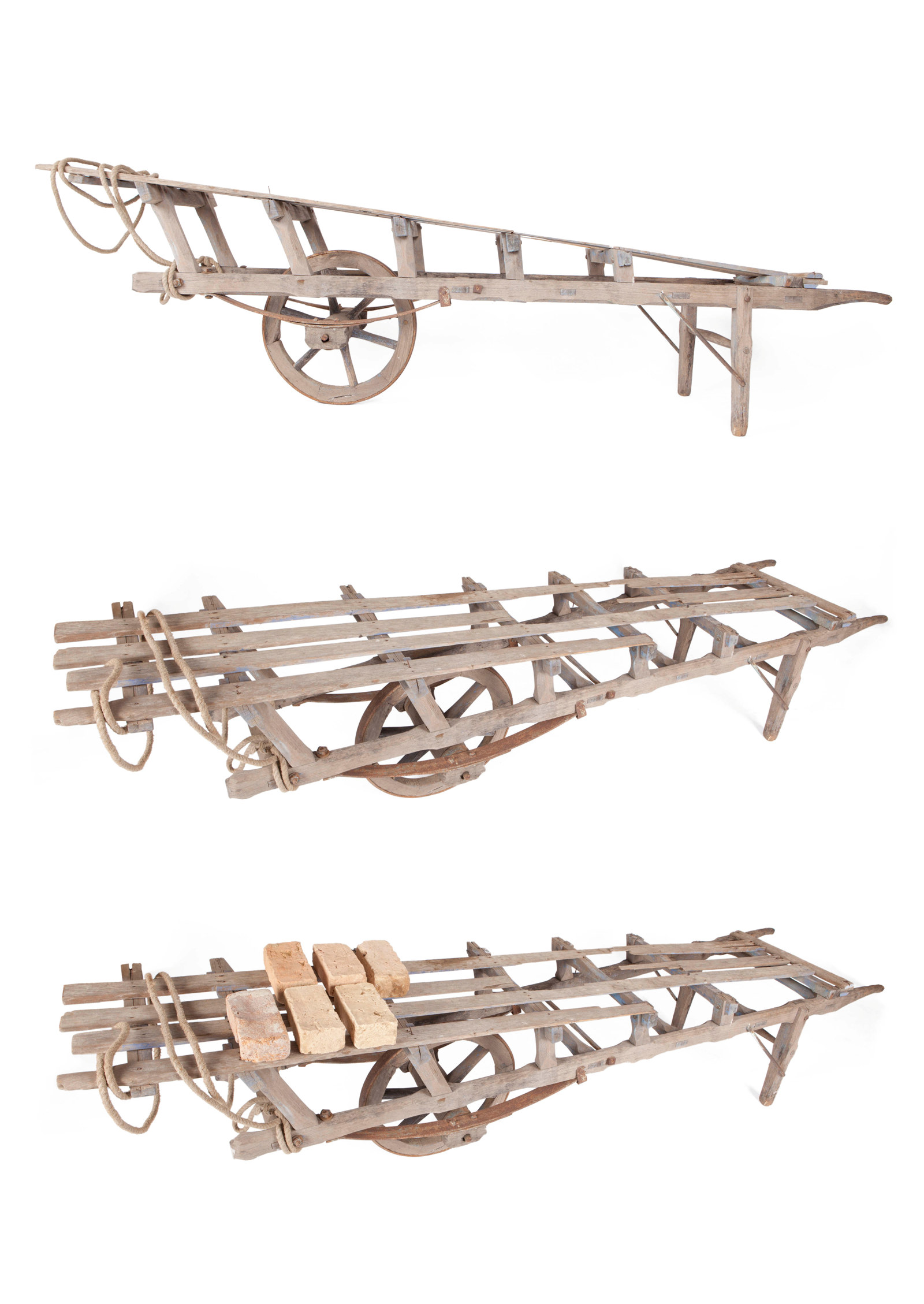
Convict Sydney
Hack barrow
Convict brickmakers working at the Brickfields (now Haymarket) used hack barrows like this one, stacking 20 or 30 wet bricks on the timber palings along the top, for transporting them from the moulding table to the ‘hack’ yard for drying
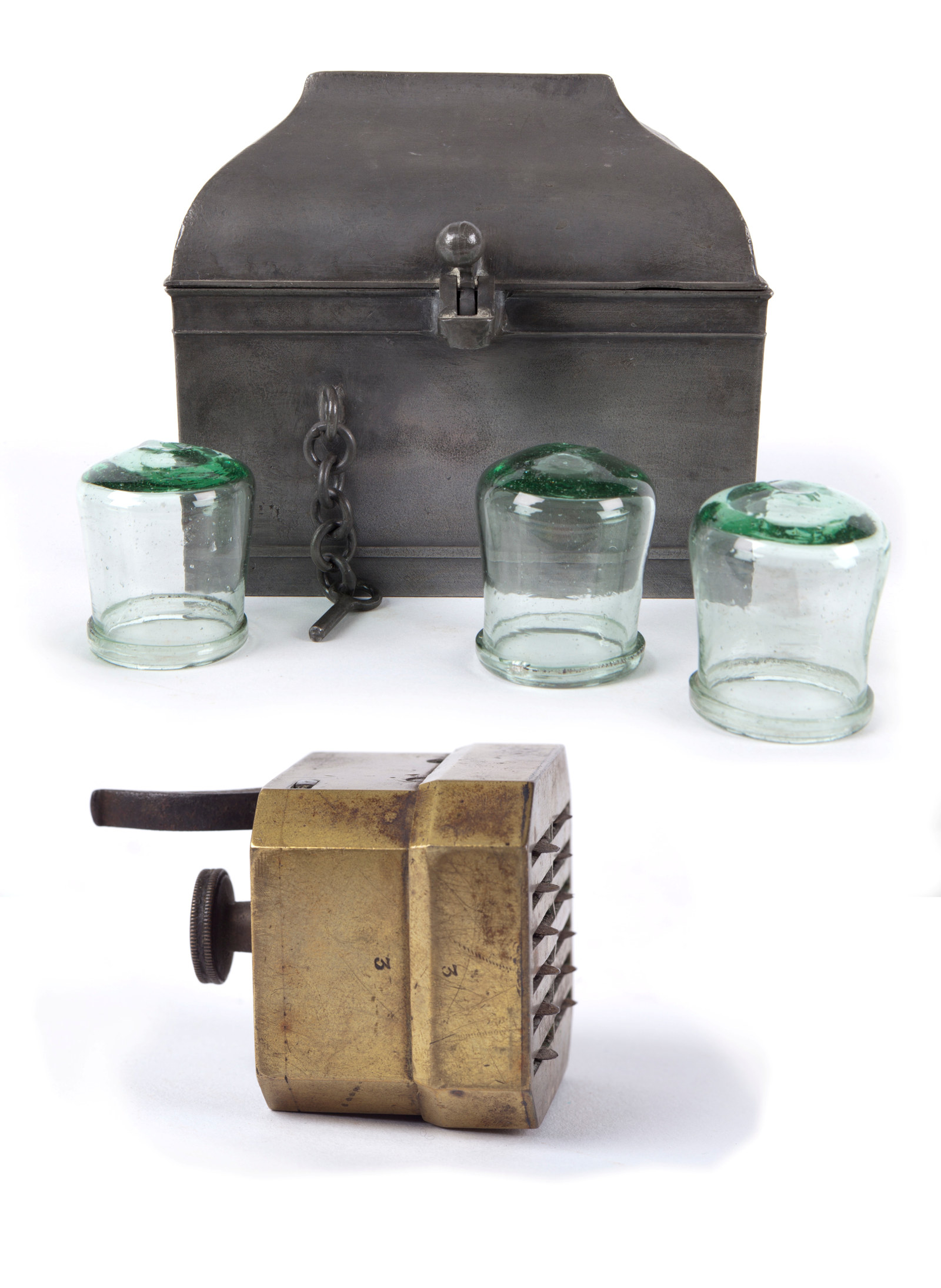
Convict Sydney
Cupping glasses and scarificator
These cupping glasses are of the type that was used in the treatment of convict patients at the General ‘Rum’ Hospital
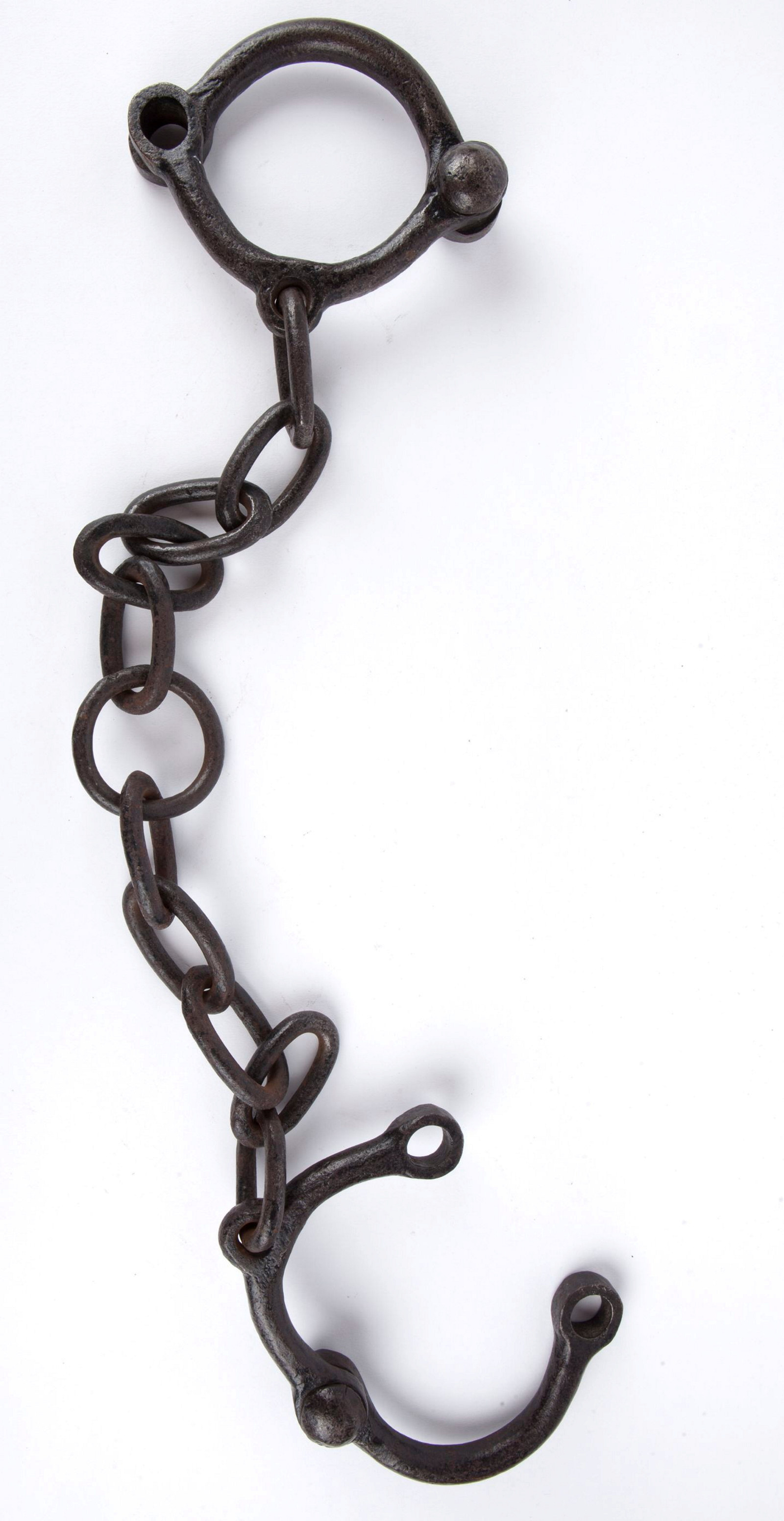
Convict Sydney
Leg irons, standard
Standard leg irons, like those pictured here, weighed seven pounds (3.2 kilograms)
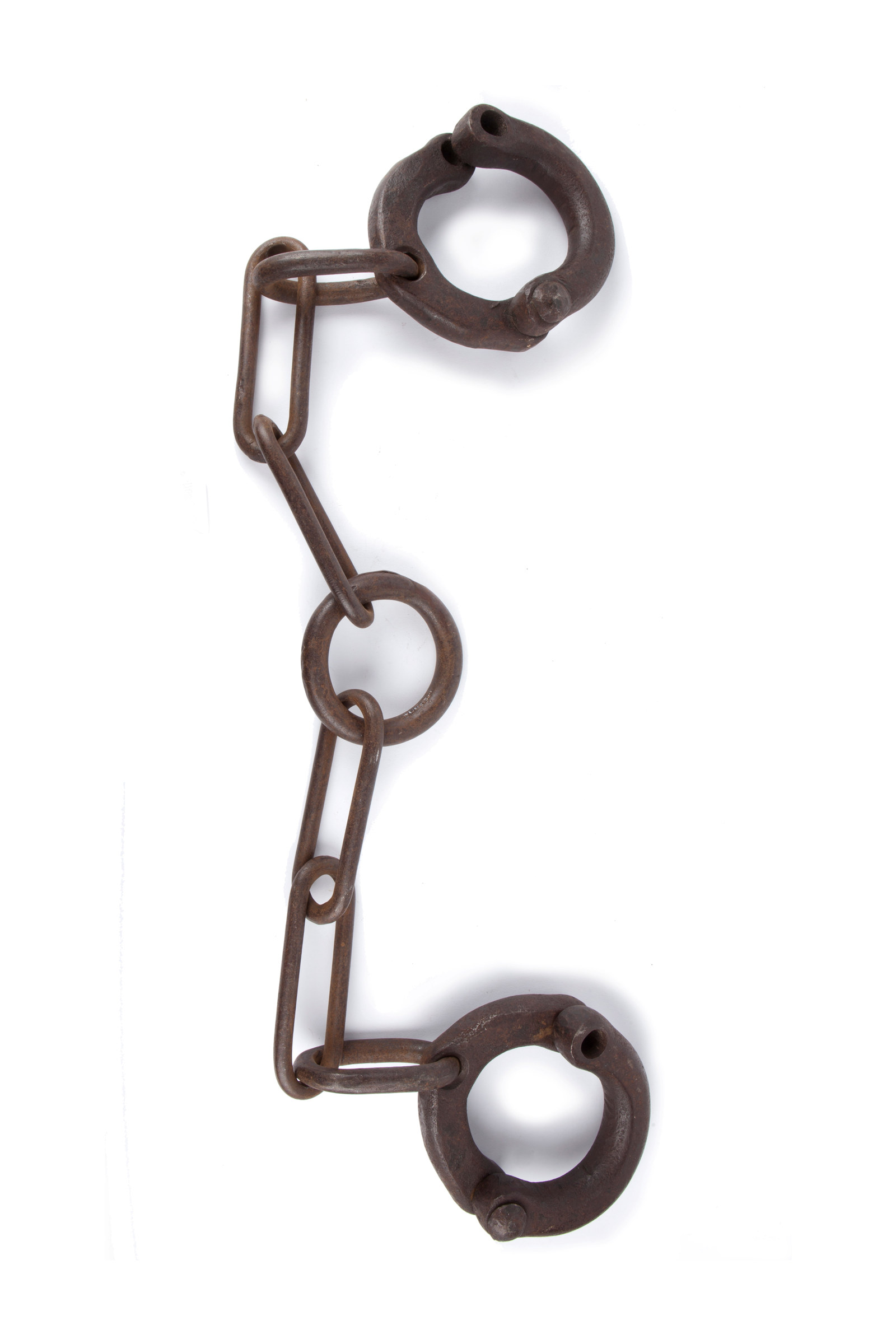
Convict Sydney
Leg irons, heavy
Known as darbies or slangs in the convict ‘flash’ slang language, leg irons came in various shapes and sizes
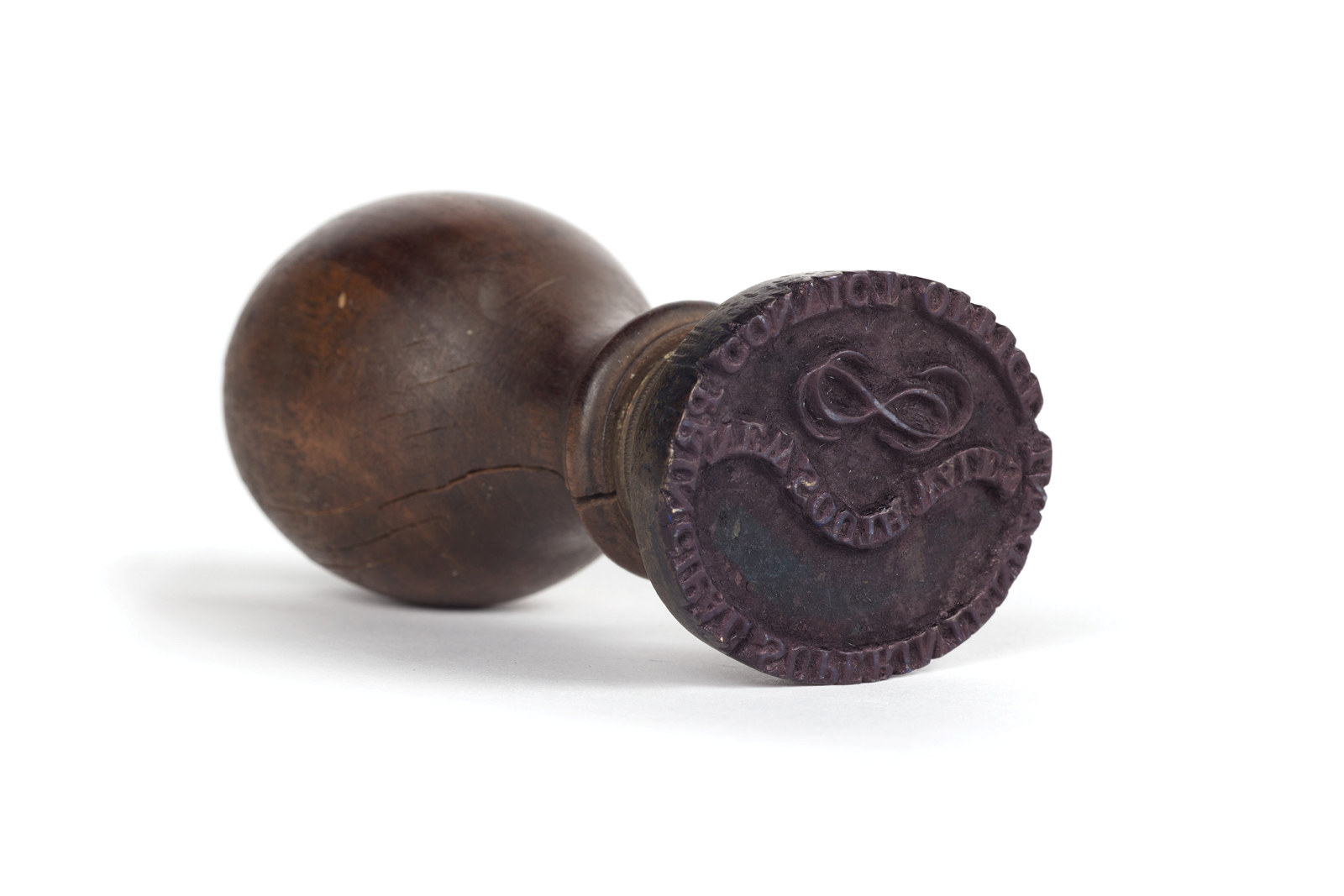
Convict Sydney
Brass stamp
Between 1830 and 1848, the superintendent’s office operated from the Hyde Park Barracks, where this stamp was most likely used on official documents and ledgers
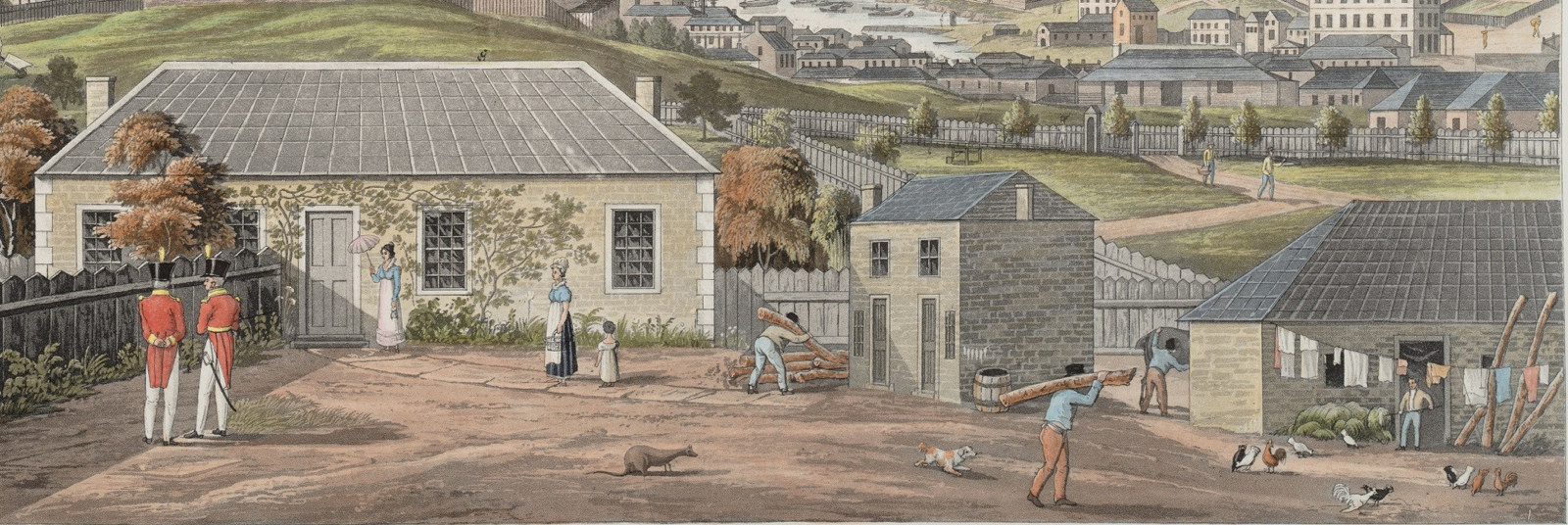
Convict Sydney
What was convict assignment?
‘Assignment’ meant that a convict worked for a private landowner

Convict Sydney
Molesworth report
The findings of the 1837 Molesworth inquiry brought about the end of convict transportation to New South Wales
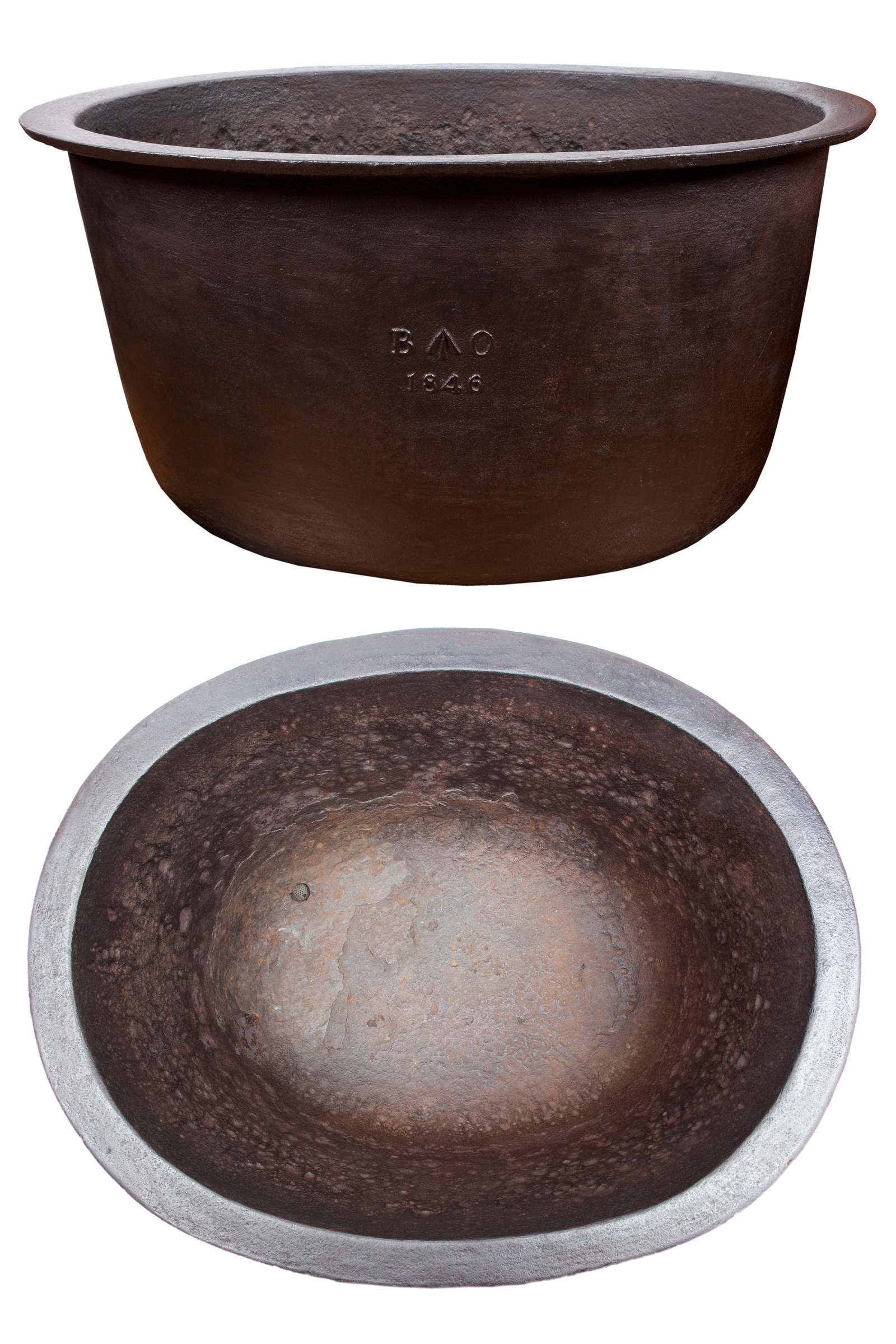
Convict Sydney
Cooking cauldron
The watery stew eaten by convicts at the Hyde Park Barracks was boiled in giant communal cast-iron pots